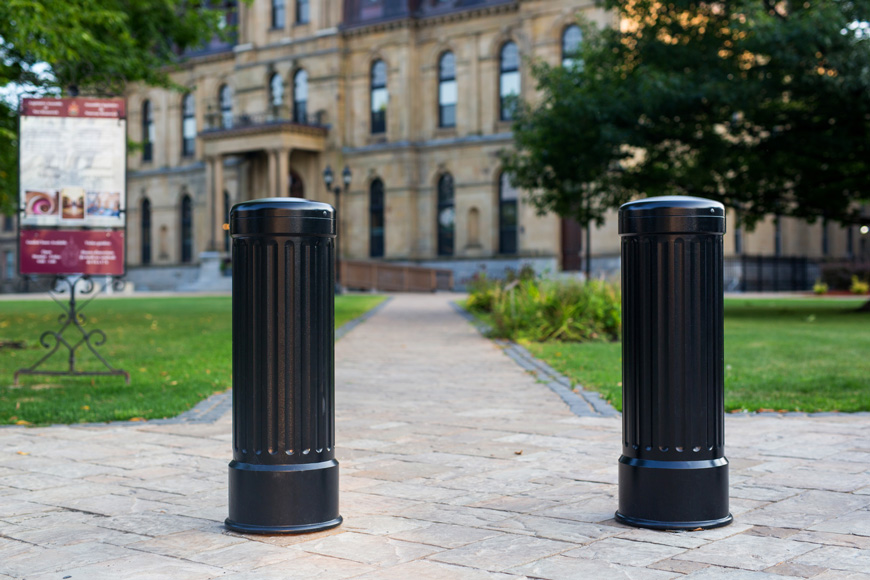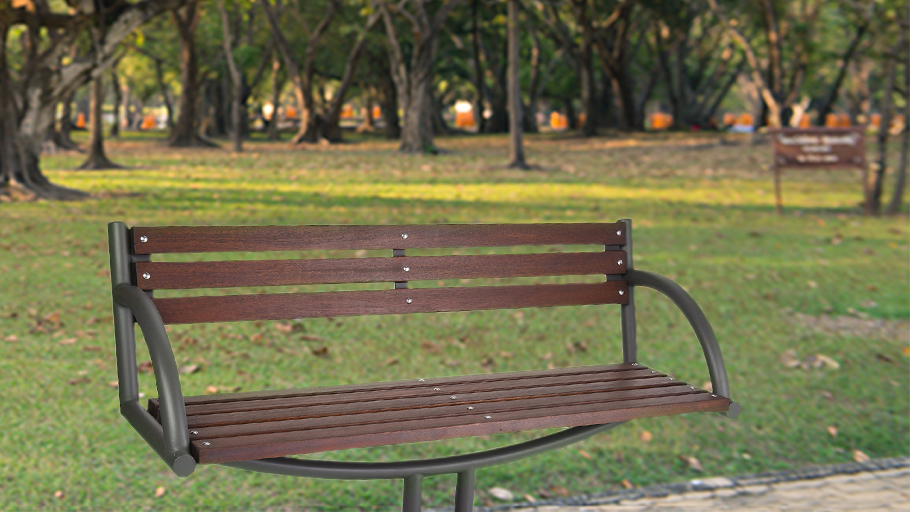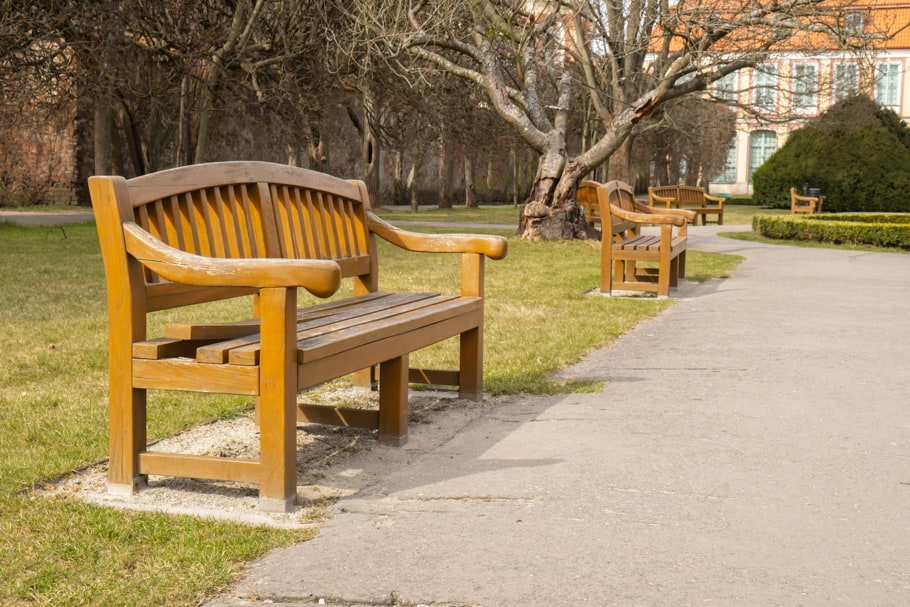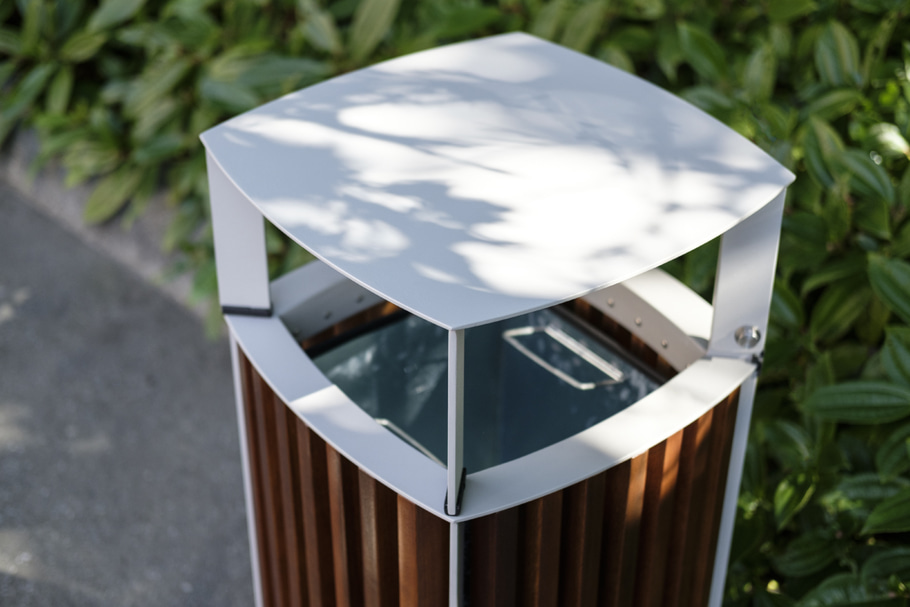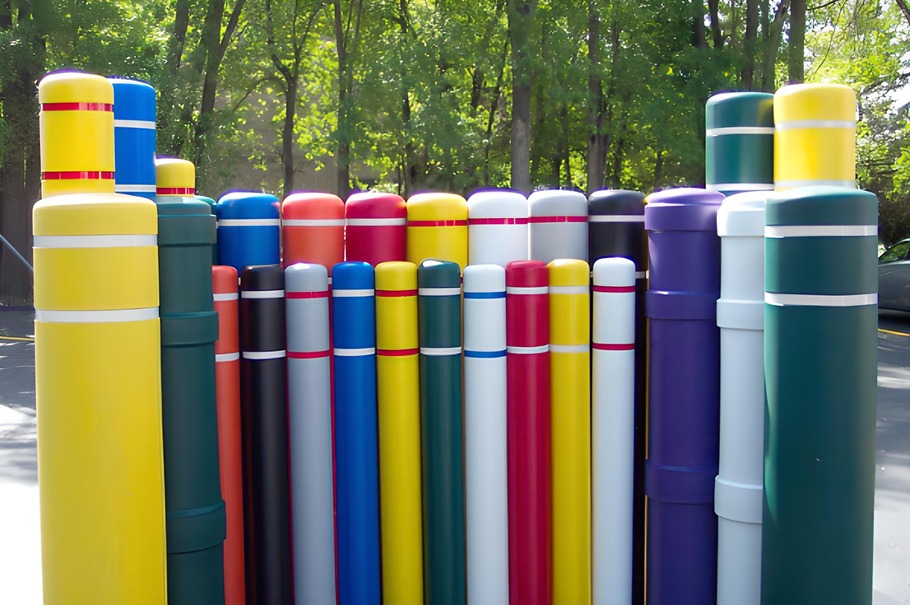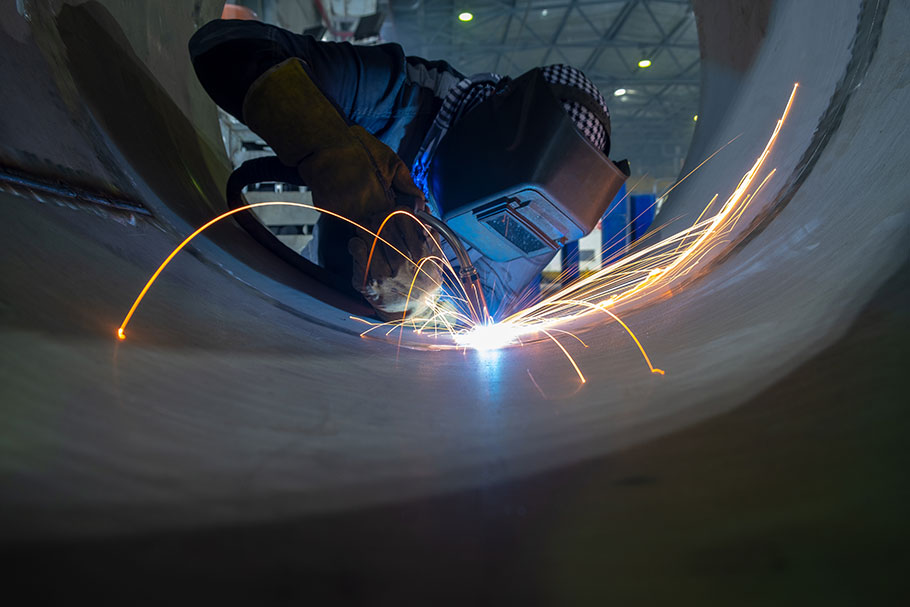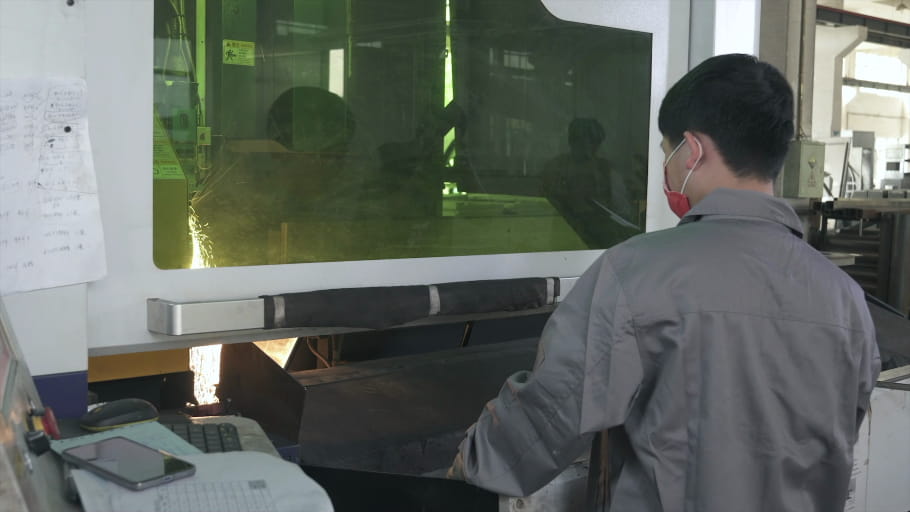How to keep rain and stormwater away from critical infrastructure
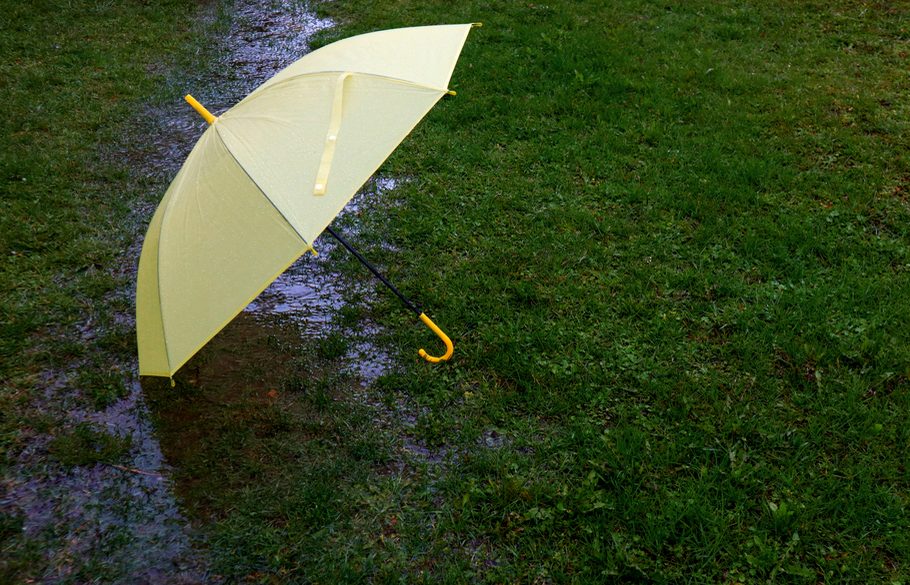
Our bodies can survive without water for about three days but just one heavy rainfall on our residential or commercial property is enough to cause thousands of dollars of damage to buildings, foundations, and landscaping. Whether you have ground- or surface-level water concerns, you’re reading the right article to learn how to fix it!
Excess water on your property affects both the infrastructure and safety of the property and people who pass through. Too much water can seep into basements, ground-level rooms, and even into the foundation to cause structural damage. When water pools or is not properly drained at surface level it can lead to puddles. Puddles and pooling water become a hazard for pedestrians and residents, not to mention can lead to some uncomfortable wet pant cuffs!
Today we’re going to look at two types of hardscaping solutions for excess water on your property. But first, let’s go over a bit of terminology so we can speak the same language.
Trench drain terminology
Here is some terminology you may come across as you learn more about trench drains:

Debris chute
Debris can get lodged in bold holes during installation, causing them to fail prematurely. A debris chute is a sloped channel that allows debris to easily slide through and into the trench below.
Expansion joint
An expansion joint allows for a reasonable amount of expansion in joined metal parts without causing distortion. In the case of an earthquake or ground settlement, it can absorb vibration.
Gray cast iron
Gray cast iron has a graphitic microstructure that conforms to ASTM A-48, Class 35 or higher. It will experience less shrinkage when compared to other metals. It’s also characterized by its corrosion resistance, good machinability, and durability for usage in high-quality trench drains.
Hardscape
Hardscape is any non-organic element built or added to a landscape, often made of concrete, metal, glass, or stone. It encompasses a lot of our built environment, creating human usable space. Hardscape is usually designed to protect greenscaping and provide drainage. It can be purely decorative or serve a more functional purpose, including walkways, driveways, walls, and stairs.
Heavy-duty trench drains
These drains are proven to handle loads in excess of 16,000 lbs (H-20 load rating).
Steel rebar
Steel rebar reinforces concrete. In trench drains, steel rebar is bent at 90 degrees to facilitate anchoring the trench drains in surrounding concrete.
Seat form
A piece of wood is used during installation of the trench drain. It helps adjust the position of the drain frame so it’s at the proper elevation with the trench form.
Trench forms
Wood is often used as a temporary mold to pour concrete into during trench construction.
Trench drain
Trenches are channels meant to rapidly evacuate surface liquids. Trench grates cover the opening of trenches and prevent large debris from falling into the channel. Drains and grates are often found in areas where water can collect and become a hazard—like parking lots, sidewalks and loading docks.
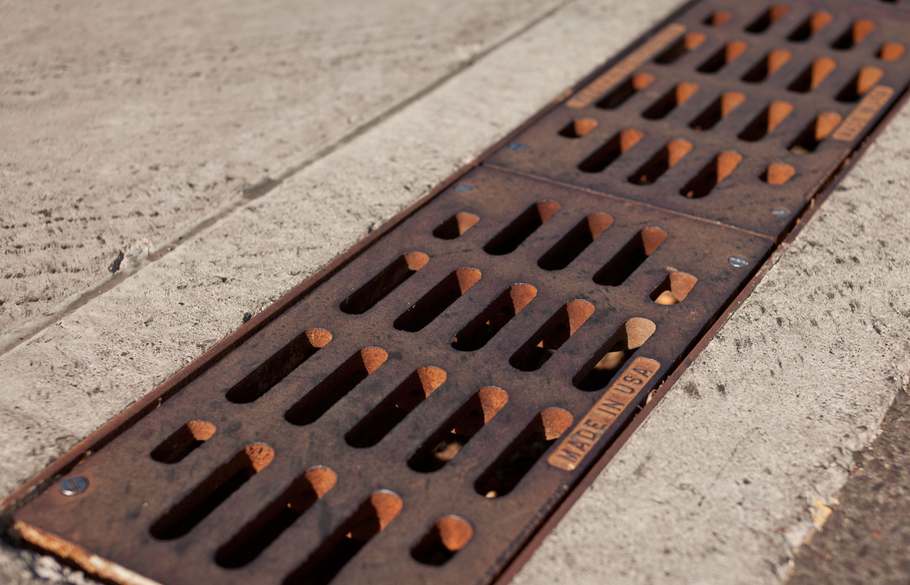
Trench drains vs French drains
The key difference when comparing trench drains vs French drains is how they deal with the water. French drains deal with water that’s already underground, whereas trench drains use gravity to manage water at the surface.
How trench drains work
Trench drains use gravity to direct surface-level water away from your property or critical infrastructure. They are often lined in concrete with a mild slope to direct water away. To protect these trenches from debris that could clog the drains, steel or metal grates are installed over top. Some even include a debris chute to conveniently collect any natural or man-made debris from entering the pipe and clogging the system.
This type of drain is popular to collect excess rainwater in concrete areas like parking lots, high traffic walkways, busy entrances, or sidewalks. They can also be used along the edges of pools to prevent water splash from pooling on the deck.
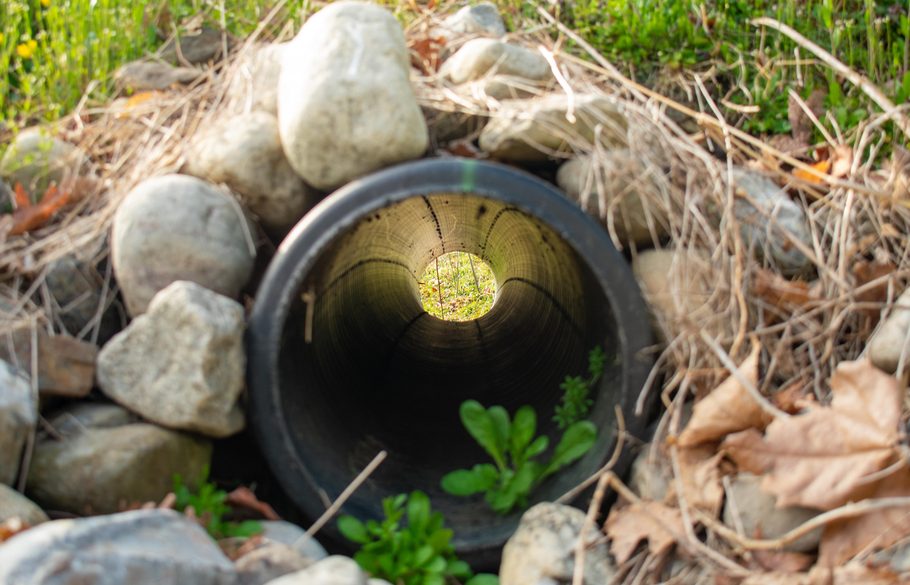
How French drains work
French drains contain an underground perforated pipe covered in gravel or rock at surface level. Water falls through the rocks or gravel, into the pipe, and is directed to a septic tank or drainage area. These drainage systems are buried under the ground so other than a gravel, rock, or soil bed, they are not visible.
They are often built around the foundation or under the basement floor around the inside perimeter of a basement. This protects water saturation of your foundation. This type of drainage system requires regular maintenance to check for debris and often lasts about 10 years before it requires servicing or more detailed maintenance.
Installing French drainage
When installing French drainage, a slope of about 1% (or 1 inch per 10 feet) is enough for gravity to direct the water. Here’s the process to dig and install your own French drainage system on your property.
- Step 1: Choose your location. Look to see where excess water is pooling and where you want it to be directed. Always direct water away from your home or property
- Step 2: Dig your trench: Make it about 9-12 inches wide and 18 inches deep.
- Step 3: Line your trench with water-permeable filter fabric or a weed barrier. This will prevent tree roots and dirt from contaminating the pipe.
- Step 4: Pour a layer of gravel about 3 inches deep. This will provide additional drainage
- Step 5: Install the pipe. Consider adding a small grate at the surface level where the water pools the most. If you use PVC piping, drill holes at least every 6 inches along the entire length of the pipe. Set the pipe in the trench and test to ensure water flows as expected.
- Step 6: Top with more gravel. Use another 3 inches of gravel or stones to cover the pipe. If you have any excess filter fabric, wrap that around the pipe for additional protection.
- Step 7: Backfill with top-soil as desired.
Installing trench drainage
It’s a very similar process when installing trench drainage. You determine where you need to dig, dig a trench, install an open-sided drain pipe (similar to a roof gutter), but instead of covering it with gravel and fabric, you cover it with a metal grate.
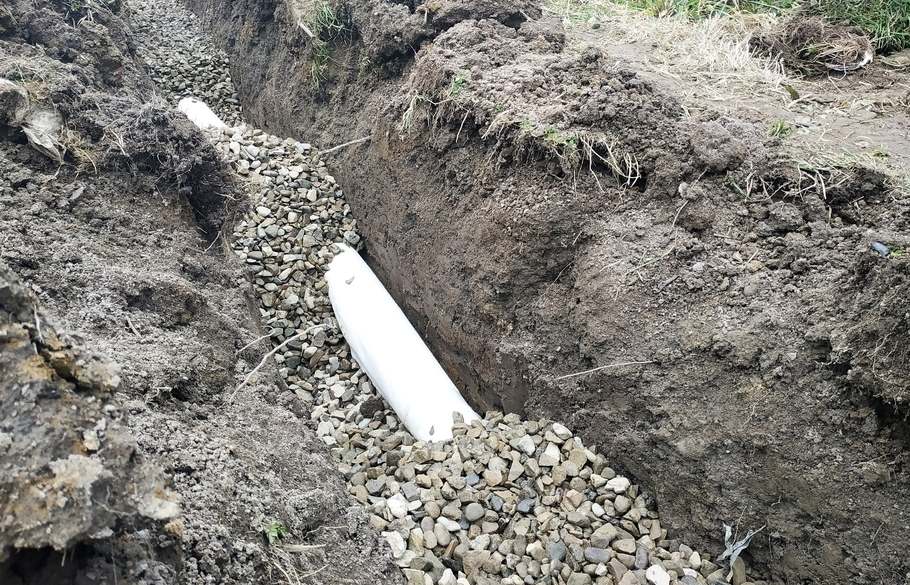
Which direction do French drain holes face?
When installing piping for French drains, the holes should face down in gravel drainage systems because the water can more easily enter the pipe from the button. If they were at the top, the water level would need to reach the top of the pipe before it could get inside to wash away.
How to choose grates for trench drainage
Cast iron trench grates offer effective drainage for everything from pedestrian areas to industrial loading docks. They are designed to quickly remove excess surface water to make the area safe for pedestrians and vehicles. A variety of cuts and designs from the industrial to the decorative allow them to complement their setting.
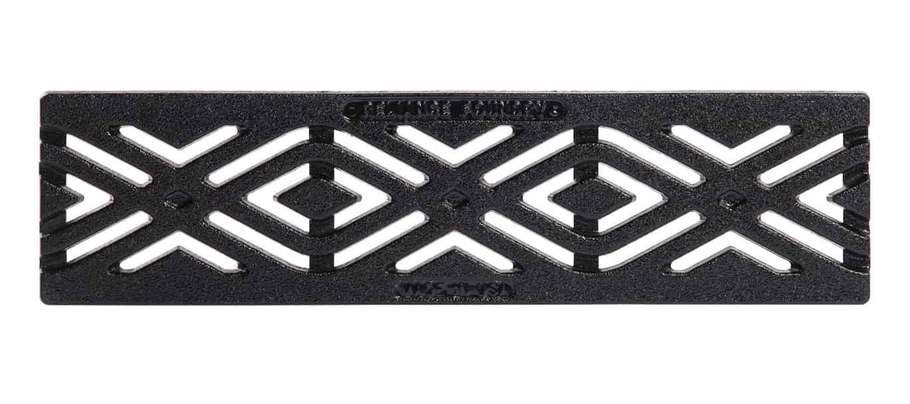
Cast iron is built to last in any environment and even withstand high load capacities. Grates should be designed for durability, but design is an important part of people’s comfort and enjoyment of public spaces.
Related Articles:



